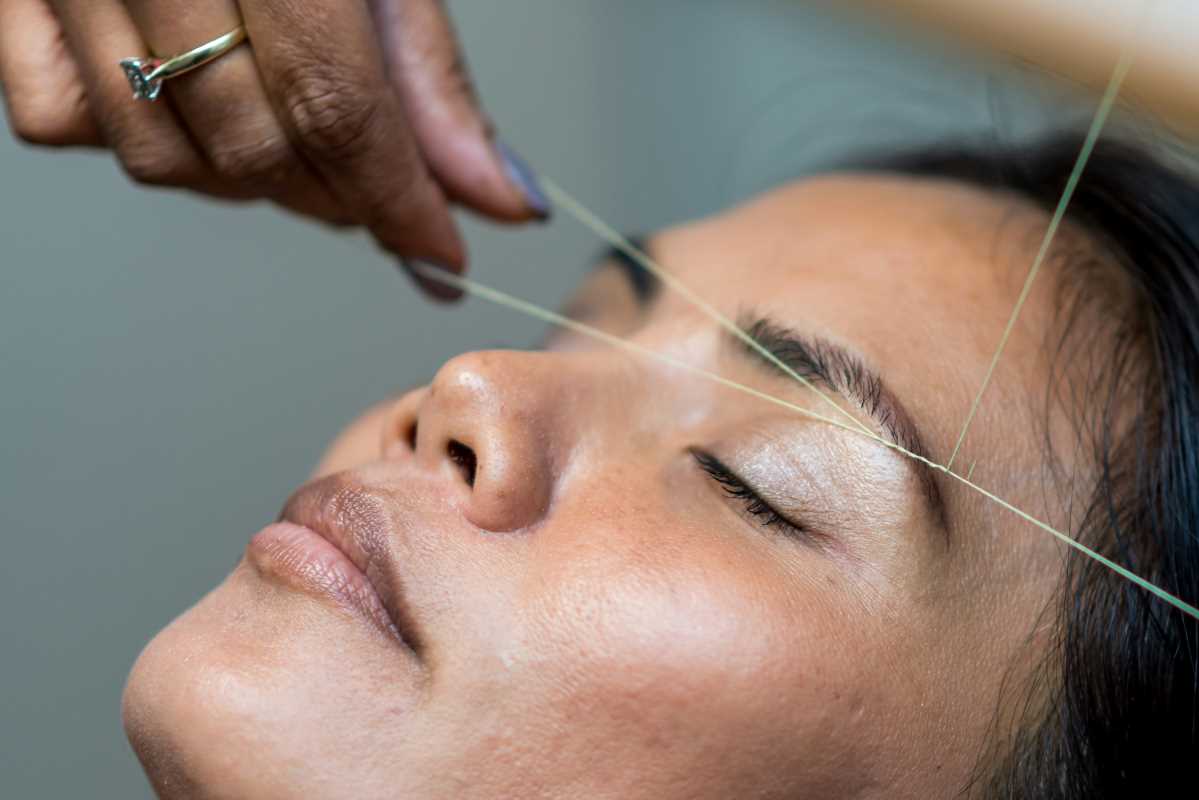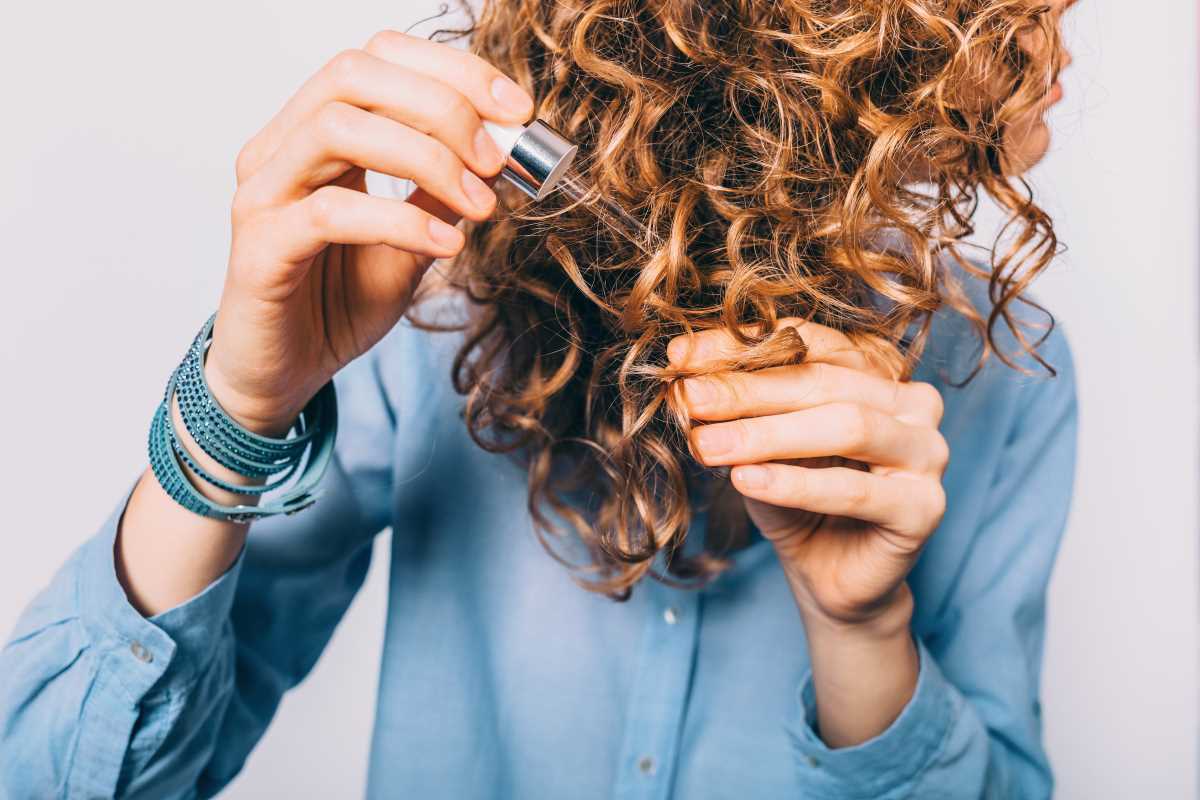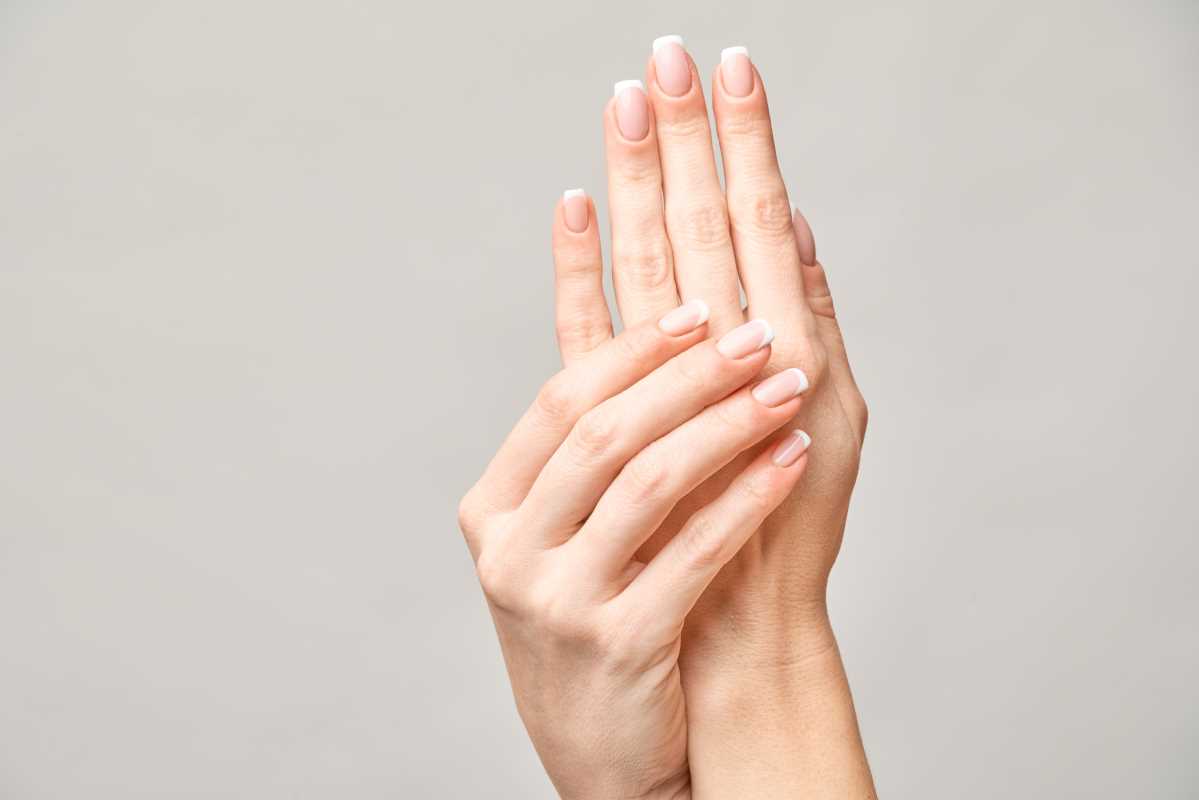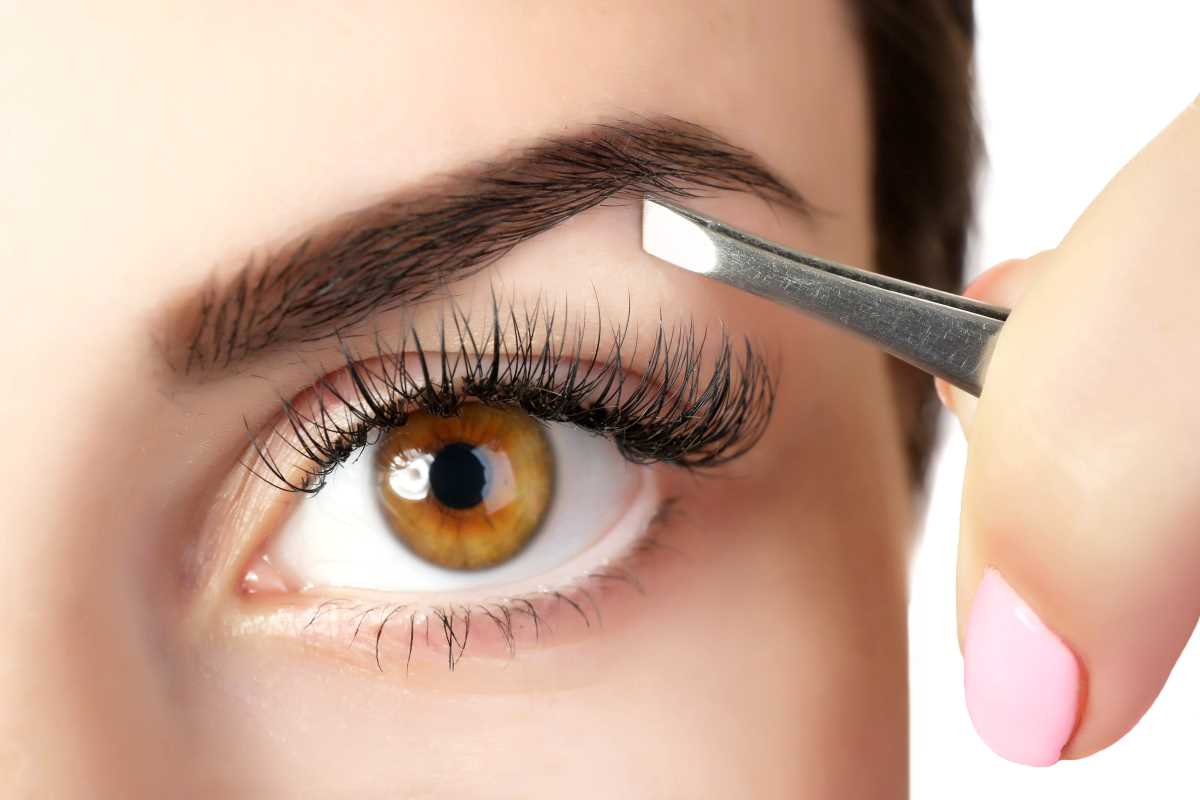If you’ve ever groaned at the sight of stubble just a day after shaving, you’re not alone. Dealing with unwanted hair can quickly become a never-ending chore—shave, wax, repeat. That’s why permanent hair removal is such a game-changer. Who wouldn’t want smooth skin with minimal upkeep?
But before you toss your razors, it’s important to know that not all “permanent” hair removal methods truly mean no hair will ever grow back. Some treatments significantly reduce hair growth, while others come closer to the dream of hair-free skin. To help you decide, we’re breaking down the most popular methods, their pros and cons, and what you can expect during and after treatment. By the end of this guide, you’ll have the knowledge to confidently pick the right option for you!
What Does "Permanent Hair Removal" Really Mean?
First, let's clear up a common misconception. The term “permanent hair removal” can be misleading. Most methods (except one) don’t guarantee zero hair regrowth forever. Instead, many treatments offer hair reduction, meaning less hair grows back, and when it does, it’s often finer and lighter. Staying hair-free long-term often requires occasional maintenance sessions.
Why choose permanent hair removal? For many, it’s not just a beauty upgrade but a lifestyle improvement. Think fewer ingrown hairs, no more razor burns, and the luxury of being ready for that last-minute beach day without worrying about waxing appointments.
Popular Methods of Permanent Hair Removal
Laser Hair Removal
Laser hair removal uses focused beams of light to target the pigment (melanin) in hair follicles. The heat damages the follicles, slowing or stopping future growth. It’s most effective on darker hair and lighter skin, though modern lasers have made progress with more skin tones.
Laser hair removal is more about slowing down hair growth rather than completely stopping it. Over time, and with multiple sessions, you can expect thinner and sparser regrowth. Maintenance treatments might be needed every year or so to keep smooth results.
Pros:
- Reduces hair growth significantly over time
- Treats larger areas like legs, bikini line, or underarms quickly
- Less painful than waxing for many
Cons:
- Not always suitable for very light-colored hair
- Can be costly, ranging from $200-$500 per session depending on the area treated
- You may need 6-8 sessions for optimal results and continued maintenance
Imagine reaching for shorts on a sunny day without needing to grab a razor. Laser treatments can give you the freedom to do just that, but don’t expect complete hair removal forever.
Electrolysis
Electrolysis tackles each hair follicle one by one with a tiny probe that delivers an electrical current. This destroys the follicle, preventing it from growing hair again. Unlike laser hair removal, electrolysis is suitable for all hair colors and skin tones.
This is the only FDA-approved method for truly permanent hair removal. Once treated, the follicles won’t regrow hair, making it a top pick for those targeting smaller, more visible areas like the upper lip or eyebrows.
Pros:
- Permanent results and you won’t need touch-ups!
- Works on all skin tones and hair colors
- Great for small, precise areas
Cons:
- Time-intensive since each hair must be treated individually
- Can get expensive, with sessions costing $30-$150 depending on the area
- Discomfort is common but tolerable for most
If you’ve been obsessing over a stubborn patch of peach fuzz or uneven brows, electrolysis can help you finally say goodbye to the tweezers for good.
Intense Pulsed Light (IPL)
Often confused with laser treatments, IPL uses broad-spectrum light rather than a concentrated beam. The light heats and damages hair follicles to reduce regrowth. Popular for professional use and at-home devices, IPL is a flexible, DIY-friendly option for many women.
IPL offers permanent hair reduction rather than complete removal. Hair often grows back finer and sparser, and you may need to repeat treatments periodically to maintain long-term results.
Pros:
- Convenient at-home devices available
- Cost-effective over time compared to salon treatments
- Works well on large areas like legs or arms
Cons:
- Less effective on very light or fine hair
- Limited results for darker skin tones due to lack of color contrast
- Requires patience, with some seeing results after several weeks
If you’re okay with a few stray hairs here and there and want to save time on shaving or waxing, IPL is a great middle-ground solution.
At-Home Devices (Laser & IPL)
At-home laser and IPL devices bring the power of professional treatments into the comfort of your living room. They’re not as powerful as clinic-guided machines, but they’re perfect for slowing down hair growth without the hefty price tag.
Pros:
- Convenient and easy to use
- Costs less in the long run compared to professional services
- Effective for long-term maintenance
Cons:
- Typically less effective than professional devices
- Requires consistent use to maintain results
- Upfront costs can range between $300-$600
If binging Netflix and removing hair at the same time sounds like your kind of multitasking, an at-home tool could be worth it!
Picking the Right Option for You
Choosing the best hair removal method depends on a few factors:
- Hair and Skin Type: Laser and IPL work best for dark hair on light skin, while electrolysis is ideal for all combinations.
- Budget: Professional treatments cost more upfront but often save time and effort later.
- Pain Tolerance: If you're sensitive, IPL or at-home options may be easier to handle than electrolysis.
- Area of Focus: Treating small, precise areas? Go with electrolysis. Doing your legs? Laser or IPL might save time.
What to Expect During Treatments
No matter which method you choose, be ready for commitment. Most treatments require multiple sessions spaced weeks apart. Laser and IPL feel like quick snapping sensations, while electrolysis has mild stinging. For at-home devices, consistency is key. You’ll also need to avoid sun exposure before and after treatments to prevent side effects like redness or skin irritation.
Post-treatment care usually involves soothing the treated area with cooling products and sunscreen. Be patient because results can take a few weeks to show fully.







